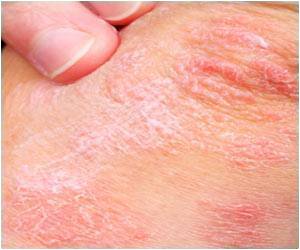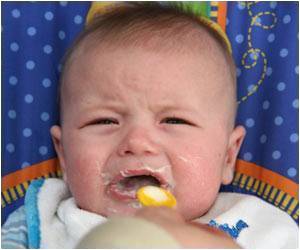It was a record payout when the Los Angeles archdiocese agreed to an out-of-court settlement with victims of sexual abuse by priests.
Divided by the 508 plaintiffs, the $660 million deal amounts to an average of $1.3 million per person. But the actual payouts will fluctuate considerably, with some victims receiving more than $3 million and some as little as $100,000. And that's before lawyers take their cut.Determining who gets what amount was a wrenching process, one that involved hundreds of victims producing videotapes in which they recounted in detail the abuse and how it shadowed their lives. Some videos included footage from the rectories where the abuse took place.
"My life was filleted out," said Mary Ferrell, 59, a nurse who said she was raped by Monsignor George Scott at Mary Star of the Sea in San Pedro. "You told your story, first to the police and the archdiocese, and then once you got into the process for the lawsuit, more visits to different psychiatrists to verify the trauma."
In the end, some of the payouts had little to do with what victims suffered, reports say.
Key to determining the value of the cases was a host of legal factors such as how much notice the church had or should have had that the priest in question was an abuser, and whether there were other legal technicalities, like when the victim came forward and whether he or she had filed a previous lawsuit that was dismissed before the scandal exploded across the country.
Mediators, which in most cases were L.A. County Superior Court Judges Charles W. McCoy and Peter Lichtman, came up with awards working with attorneys on both sides. They took into account what kind of effect the priests' actions had on victims' lives.
People who could prove they had attempted suicide or struggled with drug and alcohol abuse sometimes had an easier time showing they had been harmed. Claimants signed off on their settlement; no one was forced to accept an amount he or she did not agree to.
The settlement marks the highest payout on average for victims nationwide. But it also points up that not everyone was treated the same, especially people who first brought cases years ago and settled for much less.
Lawyers said they did the best they could under the imperfect rules of the civil justice system. "All you can do is measure the legal implications of your case," said Raymond P. Boucher, the lead attorney for the victims. "If you are a victim in 1980 and you are the only victim [of that priest] and there are no witnesses and no documents … then your case, no matter how horrendous or hideous the abuse is, your case is going to be valued differently."
For the lawyers, however, the payout is more certain.
Most of the plaintiffs attorneys will get 40% of what their clients receive plus reimbursement for expenses such as deposition costs and fees from expert witnesses such as psychiatrists who evaluate a victim's story. Overall, it will amount to hundreds of millions of dollars.
In 2003, when lawyers learned the cases would go to mediation, some attorneys decided to make videos depicting what happened to their clients. Such videos are often used in settlement negotiations, because they can give a visceral sense of what a jury will see should the case get to trial.
Attorney Katherine K. Freberg said videographers gathered childhood photographs, letters written by priests to her clients as children, confirmation certificates and photographs of gifts the priests had given their victims. She also sent cameras to film the locations where the abuse occurred. These images were interspersed with video of the victims as adults, describing the abuse and what it had done to their lives.
"It's one thing to read about how this child sex abuse tremendously affects the victims on paper," said Freberg, who represented more than 100 plaintiffs. "It is completely different when you see the face of the victim, overlaid with pictures of them as a child, explaining how they lost their childhood innocence, explaining how they abused drugs their entire lives to try to drown out the memories."
The videos were shown to attorneys for the archdiocese and its insurance carriers. At one point, Freberg said, she heard that Cardinal Roger M. Mahony said he planned to watch them. The videos were also shown to the mediation judges.
Three days after the settlement was announced, many survivors said they still weren't sure of the exact amount they would receive. Lawyers say their clients should get their money by Dec. 1, if not before.
Attorney Freberg predicted that the money would be a boon to some of her clients, but said it was "not a cure-all."
She said a survivor in the Orange County settlement called recently to tell her his life had changed dramatically for the better since he received his settlement. Others, she said, have more complicated feelings.
"They feel 'maybe I was prostituted for this,' " she said. Or they feel as if the church "bought silence."
Ann Hagen Webb, a Boston psychologist who treats survivors of priest sex abuse and is a survivor herself, said the settlement in her city may have some lessons for Los Angeles victims.
"People shouldn't expect that the money will be the closure, the healing that the reporters and the church talk about," she said. "Healing is a very elusive and very private thing, and it doesn't have anything to do with money."
Source-Medindia
GPL/M








